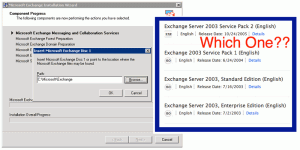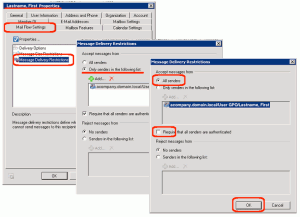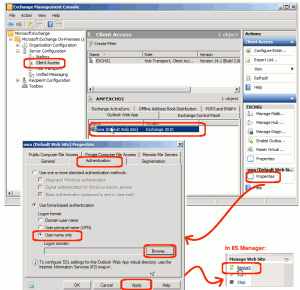
If you want to make every email ever generated searchable, perhaps for legal or compliance reasons, you can setup Exchange Journaling. To setup Journaling, you need to dedicate an Exchange login to being the “Journal User”. Both incoming and outgoing emails can be journaled. The actual name of the login you create is not relevant, […]







